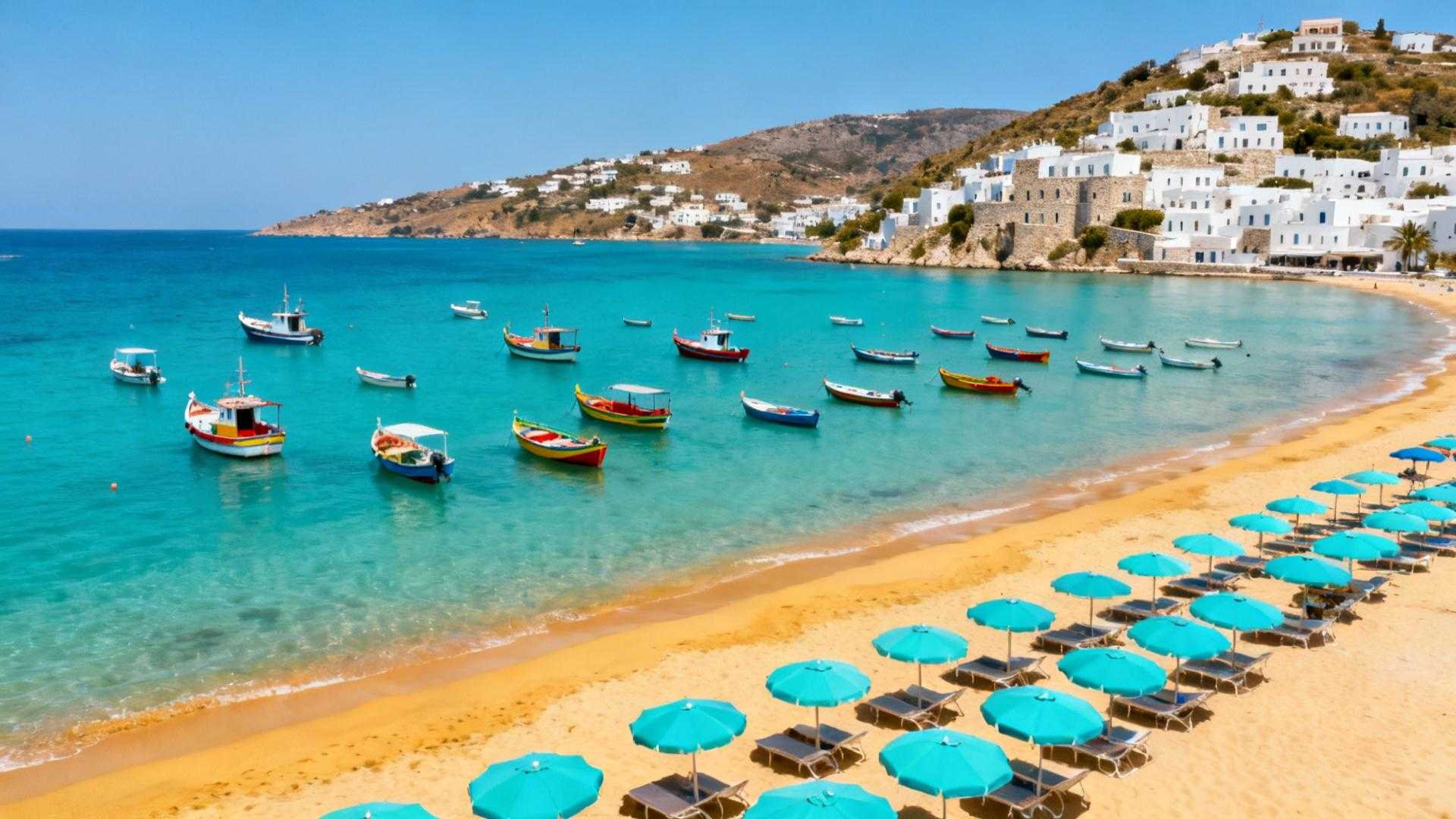Dawn at Gordon Beach—families claim spots with military precision, beach chairs angled just so, coffee thermoses already uncapped. A tourist walks directly across someone’s invisible territory and receives a wordless glance that speaks volumes. These aren’t written rules. They’re the rhythm of a city where 460,000 residents protect their coastal sanctuary from 4 million annual visitors who never decode the subtle habits that make Tel Aviv truly livable.
The beach towel geography locals never explain
By 7am on weekends, Tel Aviv’s beaches transform into precisely choreographed neighborhoods. Regular families have claimed the same 3-meter patches at Gordon Beach for decades, their setup ritual as methodical as morning prayers.
“The spacing isn’t random,” explains Yael, a 20-year Gordon Beach regular. “Two meters between groups, always. Coffee first, then water. Never walk through someone’s invisible living room.” Tourists arrive at 10am to find every prime spot mysteriously occupied, not realizing locals have been perfecting this territorial ballet since sunrise.
Beach vendors recognize the hierarchy immediately—regulars get first dibs on fresh burekas, tourists pay tourist prices. The unofficial currency isn’t shekels but respect for the morning ritual that transforms sand into sacred family space until sunset.
What Tel Aviv mornings really look like
While tourists sleep off late nights, true Tel Avivians embrace the golden hour that reveals their city’s architectural soul. The secret timing windows locals guard religiously.
The 6am Bauhaus walk secret
Rothschild Boulevard at dawn belongs exclusively to residents armed with cameras and coffee. The UNESCO-protected White City buildings glow amber in morning light, their 1930s facades free from tour group shadows. Local photographer David captures this daily: “Bauhaus architecture needs empty streets. By 9am, it’s ruined by crowds.”
This isn’t Instagram posing—it’s genuine appreciation for the 4,000 International Style buildings that make Tel Aviv architecturally unique. Locals know which angles reveal the clean lines and functional beauty that other Mediterranean coastal towns can’t match.
Carmel Market’s 7:30am sweet spot
Founded in the 1920s in Kerem HaTeimanim neighborhood, Carmel Market operates on vendor rhythms tourists never witness. By 7:30am, the best tomatoes, fresh herbs, and Arabic coffee are reserved for regulars who’ve built relationships over years.
Vendor testimonials reveal the morning advantage: “Locals arrive when produce is freshest, before the afternoon tourist rush,” explains Ahmad, whose family has sold spices here for 40 years. “We save the perfect fruit for familiar faces.” Tourists paying afternoon prices miss both quality and the gentle bargaining that strengthens community bonds.
The café codes tourists never crack
Tel Aviv’s café culture operates on unwritten rules that separate temporary visitors from neighborhood fixtures. The subtleties that transform strangers into regulars.
The “hafuch” test and table etiquette
Order “hafuch”—upside-down cappuccino—and café owners immediately recognize local knowledge. This isn’t showing off; it’s cultural shorthand that grants you the sacred right to occupy tables for hours without guilt.
Unlike Copenhagen’s timed table culture, Tel Aviv cafés welcome laptop nomads who contribute to the neighborhood’s intellectual energy. Locals average 3 hours per sitting, treating cafés as extended living rooms rather than quick refueling stops.
Shakshouka timing and sharing plates
True locals eat shakshouka at 10am, not 8am when tourists rush through breakfast. The later timing allows for proper bread-dipping hierarchy and communal plate sharing that builds social connection.
“Israelis are direct—don’t be shy,” notes cultural observer Tal Ben-David. “Greet with a smile, try a little Hebrew. The café becomes your neighborhood anchor when you respect the social rhythms.”
Why locals avoid Old Jaffa on Saturdays
Saturday afternoons find authentic Tel Avivians scattered across hidden courtyards in Florentin, quiet morning galleries in Neve Tzedek, or anti-tourist routes along the Tayelet promenade. Old Jaffa saturates with tour groups, so locals rotate through neighborhoods that maintain Saturday’s contemplative pace.
This neighborhood knowledge extends beyond tourism avoidance. Residents instinctively know when to transition from relaxed beach attire to city appropriate clothing, respecting religious sensitivities while maintaining Tel Aviv’s casual Mediterranean spirit. Like Marrakech’s market culture, local wisdom navigates between sacred and secular spaces seamlessly.
Your questions about Tel Aviv’s local culture answered
What’s the best time to visit Carmel Market?
Tuesday through Thursday, 7:30-9am when vendors are fresh and tourists scarce. Avoid weekends when prices increase 30% and quality selection diminishes significantly.
How do I blend in at Tel Aviv beaches?
Arrive before 8am with your own setup, respect 2-meter spacing between groups, and order café hafuch from beach vendors. Never walk through established family zones during peak hours.
Is Tel Aviv more expensive than Miami for beach culture?
Beach access remains free versus Miami’s resort fees. Local cafés cost $5-8 compared to $15-20 in Miami. Authentic experiences cost half the price when you master local timing and avoid tourist-targeted pricing.
Sunset at Frishman Beach. A local family packs their cooler with the same methodical care they brought at dawn. The father nods to his regular spot-neighbor. No words needed. Tomorrow, same time, same unspoken geography. This is the Tel Aviv tourists never photograph—and locals hope to keep that way.
